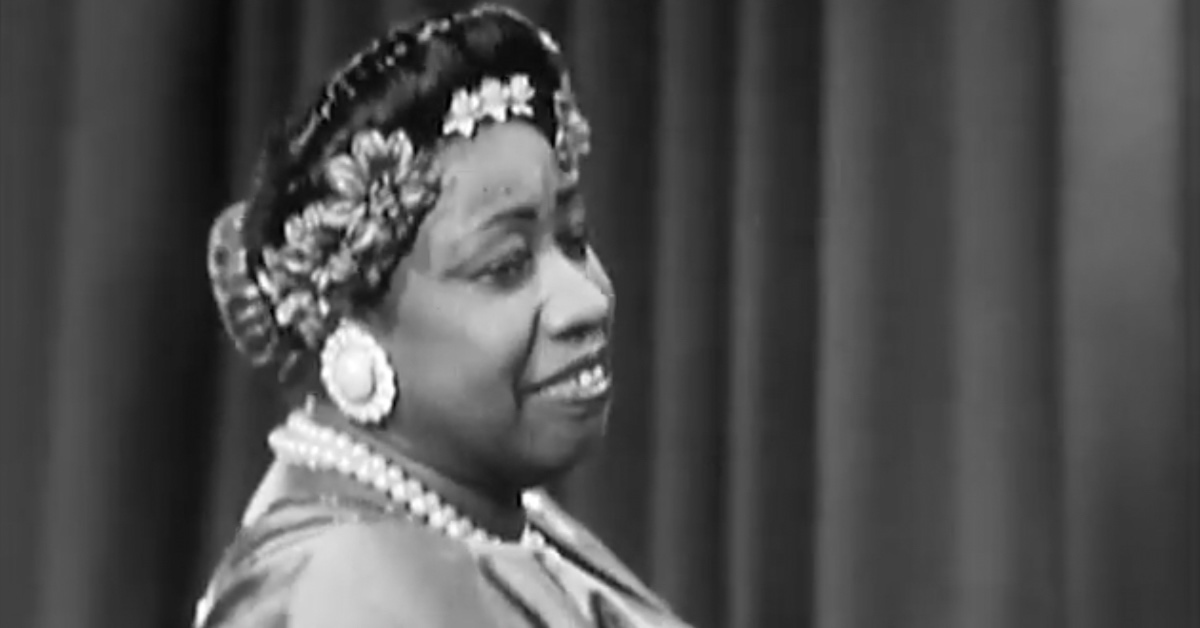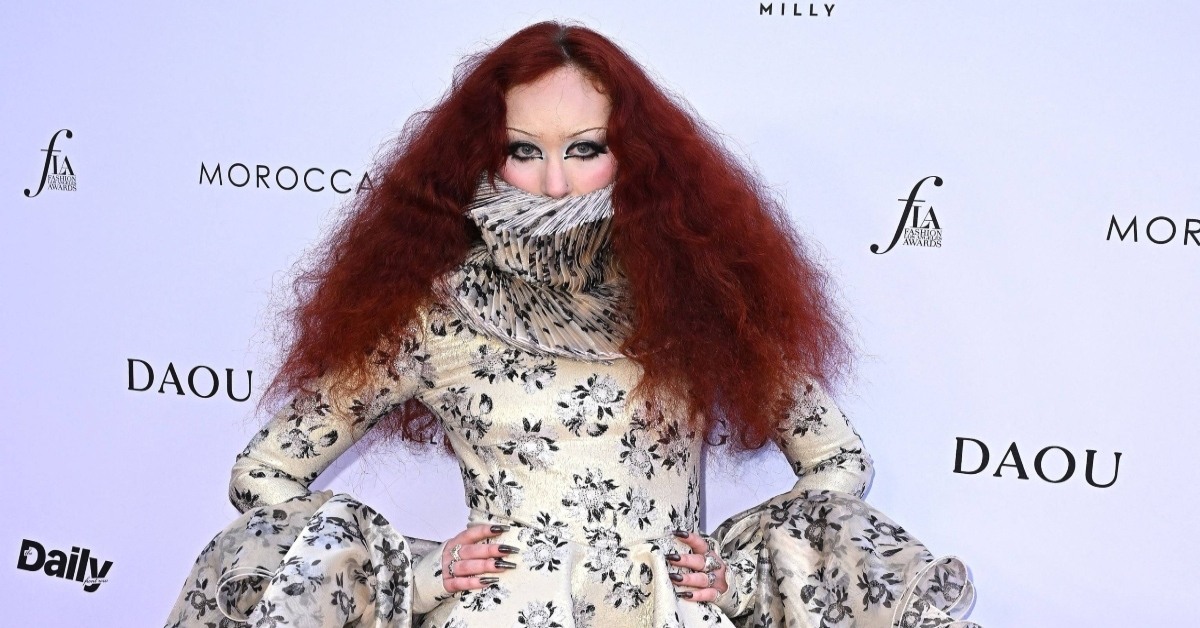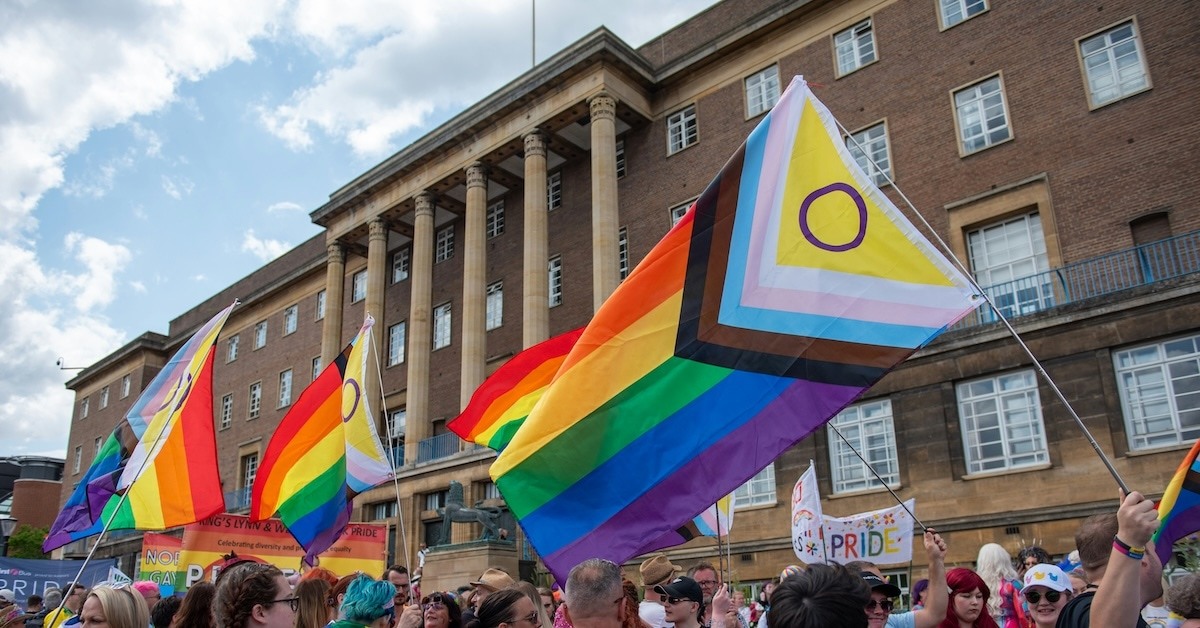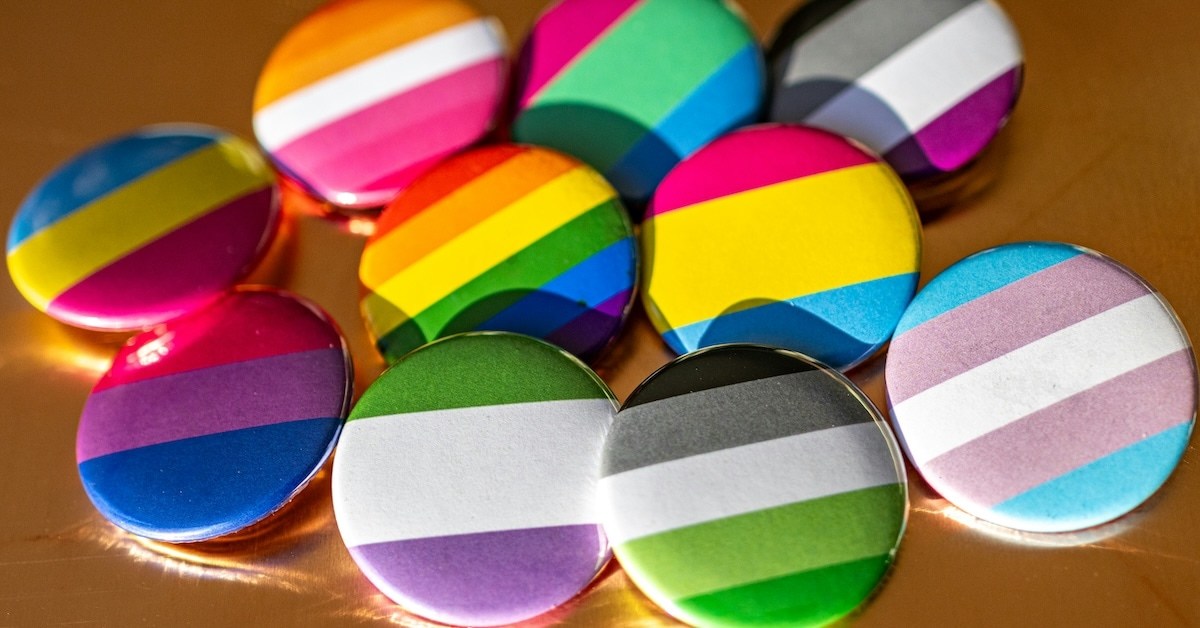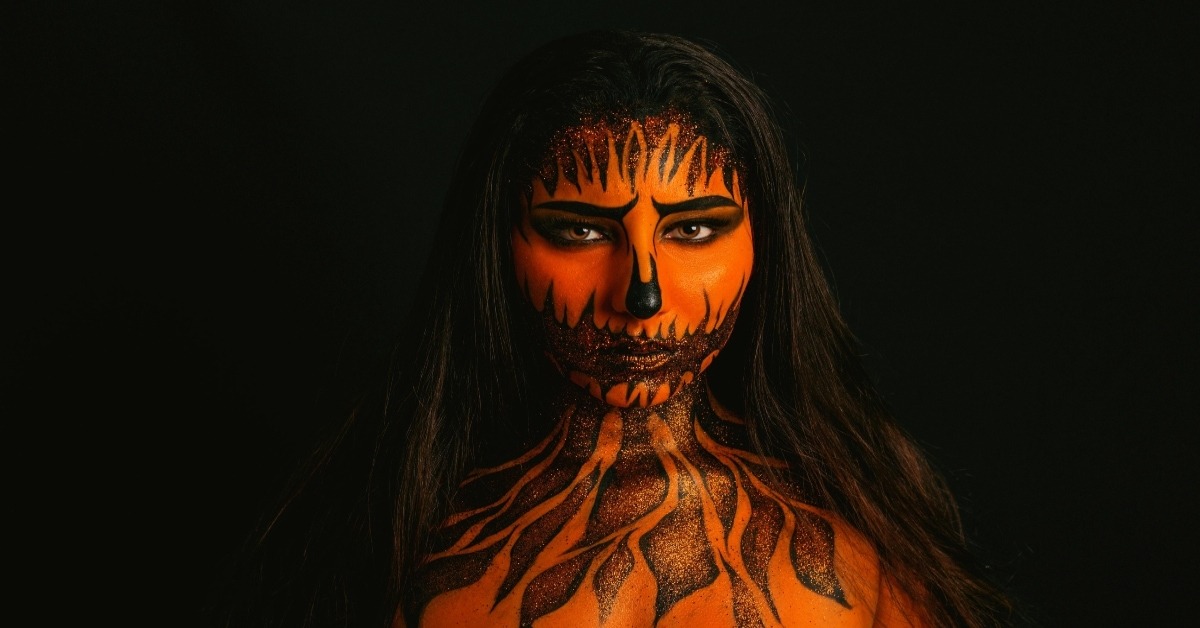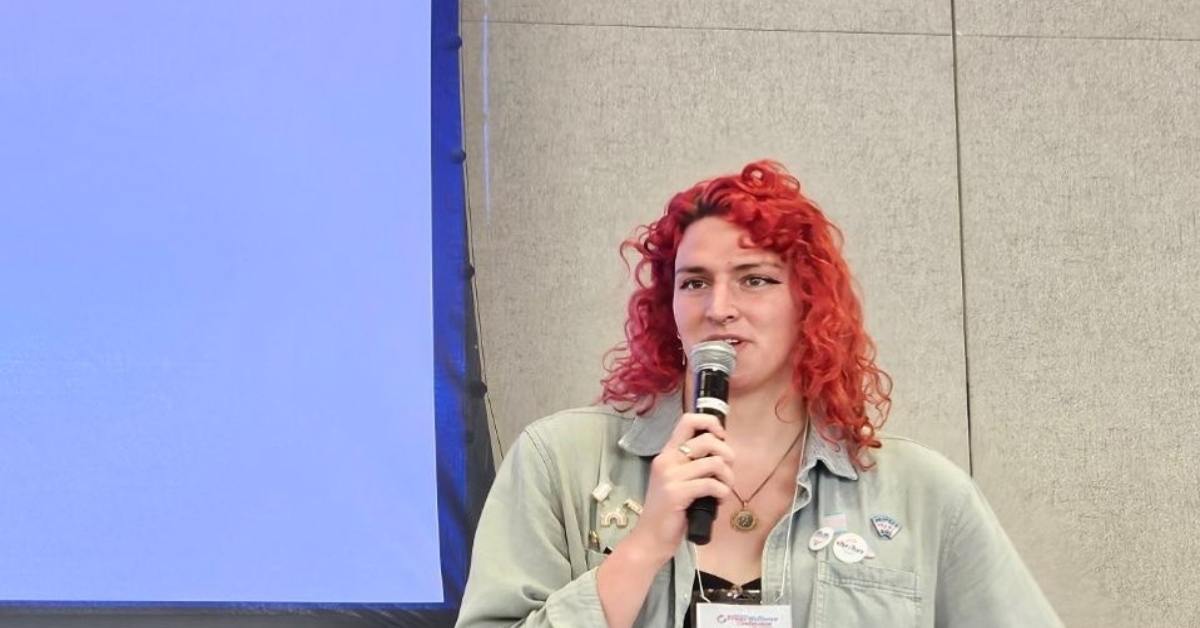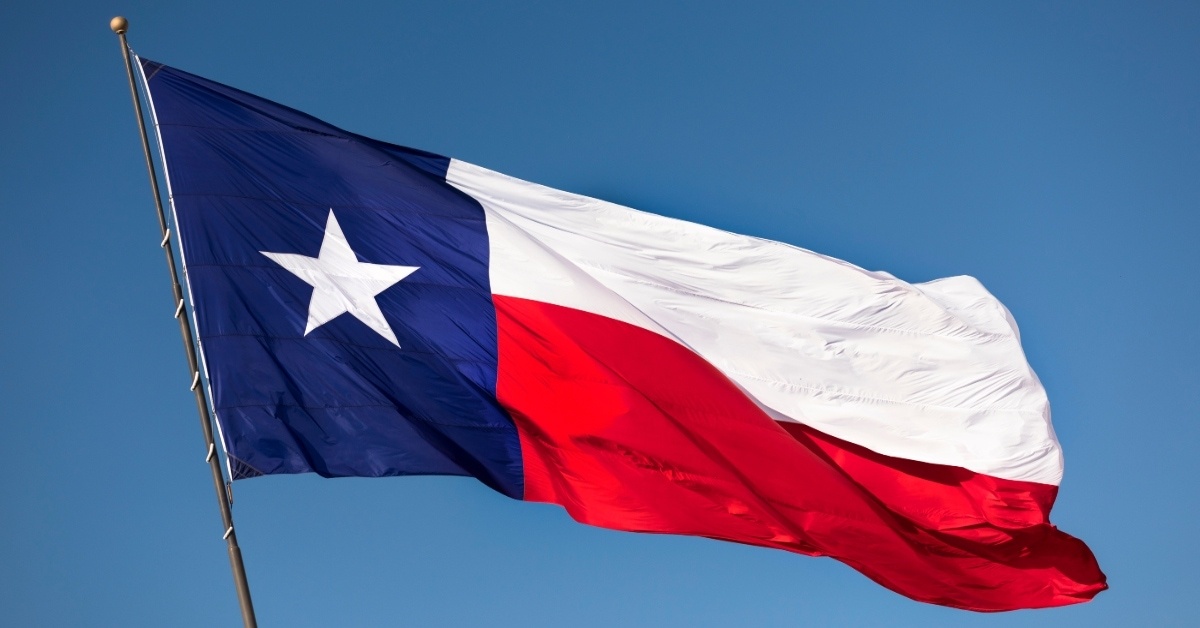BY: DM
Published 9 months ago

If you have never heard of Aromantic Spectrum Awareness Week (ASAW), we’ve got you covered. ASAW is being observed from Feb. 16 to Feb. 22, aiming to celebrate and raise awareness of aromantic spectrum experiences. ASAW was first recognized in November 2014 as Aromantic Awareness Week. In 2015, it was moved to the first full week after Valentine’s Day and renamed to be more inclusive of all aromantic identities.
What is Aromanticism?
Aromanticism is a romantic orientation describing individuals who experience little to no romantic attraction, or whose experience of romance differs from societal expectations. According to Verywell Mind, this orientation is distinct from asexuality, which pertains to sexual attraction. Aromantic individuals may have any sexual orientation or gender identity.
The aromantic spectrum includes several identities. Terms like grayromantic describe individuals who experience romantic attraction infrequently or only under specific circumstances. Demiromantic refers to those who develop romantic attraction only after forming a strong emotional bond.
Information about the aromantic population is limited due to little research and varying self-identification methods. However, data from the Aro Census 2020, an online community survey conducted by the Aromantic-spectrum Union for Recognition, Education, and Advocacy (AUREA), provides some insights. The survey received 9,758 responses from individuals worldwide who identified on the aromantic spectrum. While a majority also identified as asexual, approximately one-third did not.
According to the UC Santa Barbara Resource Center for Sexual and Gender Diversity further, research indicates that asexual and aromantic individuals make up about 1% of the total population. For instance, up to 4% of individuals aged 18-24 identify as asexual or aromantic. The center also provides resources like reading material, information about support groups, and links to vlogs by asexual and aromantic influencers.
Aromantic people lack representation in the media.

Representation of aromantic people in mainstream media remains limited, but there is a growing demand for these narratives. A report by AUREA highlighted that 39% of people aged 10-24 wanted to see more aromantic and asexual characters in the media.
Without proper representation, aromantic individuals are left to live in a world filled with misconceptions. Common misunderstandings include equating aromanticism with a lack of depth or assuming aromantic individuals are incapable of love. However, they form profound connections and experience love in various non-romantic forms. The Aro Census 2020 revealed that 82.43% of individuals reported not being taken seriously or being dismissed by others when discussing their orientation. Additionally, 48.34% experienced attempts to “fix” or “cure” their aromanticism.
In recent years, a number of public figures have openly identified as aromantic. British writer and actor Michaela Coel has spoken about her aromantic identity. In a 2018 interview with Culture Tip, Coel mentioned, “I googled aromanticism, and I very much felt like, ‘Oh, that’s me.'” Additionally, stylist Law Roach and “Heartstopper” author Alice Oseman have identified as aromantic.
For anyone seeking resources, organizations like ASAW offer educational materials and support networks. Ongoing research, education, and open dialogue are also essential in continuing to challenge misconceptions and supporting the aromantic community. By embracing the full spectrum of human experiences, we can move toward greater empathy and inclusivity.
How will you be celebrating Aromantic Spectrum Awareness Week? Comment below!
